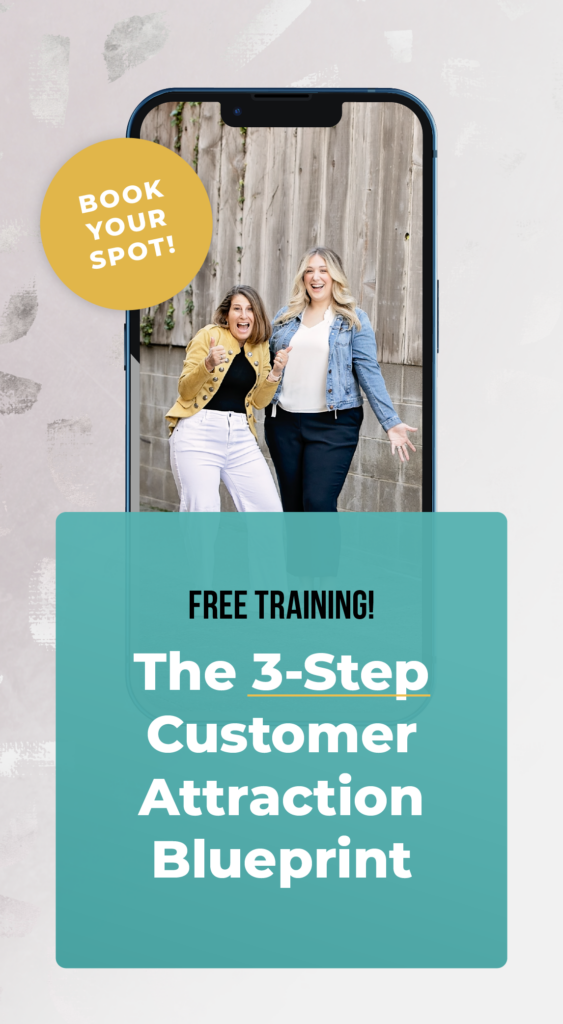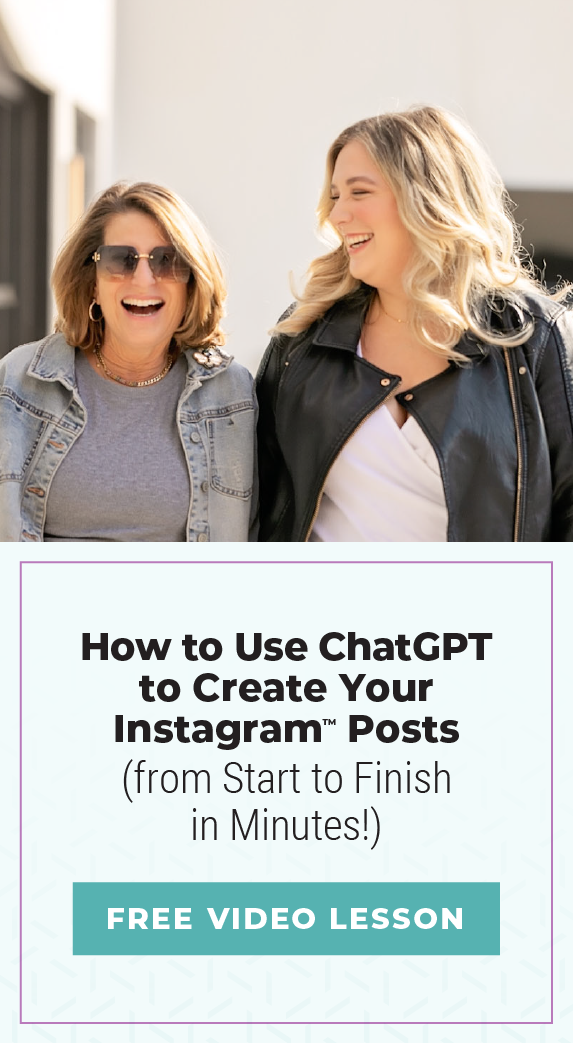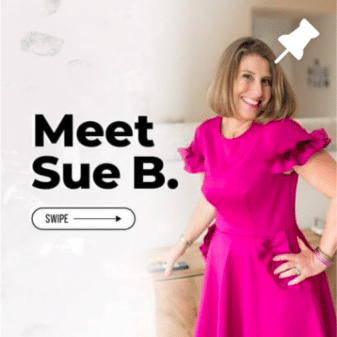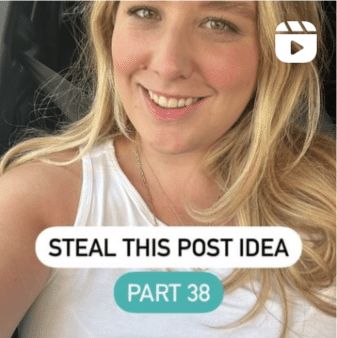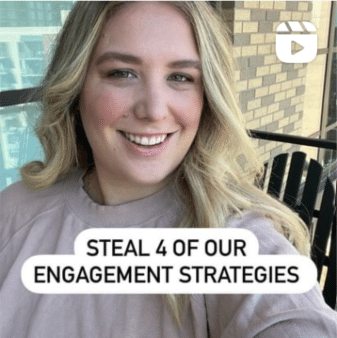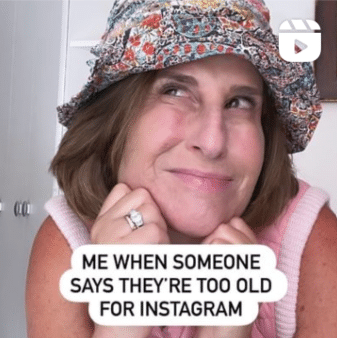Instagram and Pinterest are actually very different, contrary to popular social media assumptions. Let’s start with the big similarity… visual social platforms like Pinterest and Instagram both are on fire with brands and consumers. Why? Well the human brain likes visuals. People process images 60,000 times faster than text and 90 percent of information transmitted to the brain is visually based. But in order to make this work for you personally and professionally, you need to understand how to use the visual tools available, including their differences, to your advantage.
You already know that Instagram is my favorite sandbox by far. But before I was #TheInstagramExpert, I taught business owners how to use Pinterest and other social platforms. Which means, I played in many different sandboxes.
Pinterest and Instagram are two photo-sharing social networking sites where you can upload photos for other people to see. The main difference lies in the fact that people use them differently, or should. Instagram is more about sharing your own photos while Pinterest is more about uploading and curating photos that you’ve found on the internet.
In order to maximize your chances of user engagement, brand awareness and market feedback, it’s also important to understand what messages and images resonate with users on each of these social platforms.
So, what are the differences? Here are 7:
1. Links. On Pinterest, every pin is a link to the source of the image, usually an external site. Therefore, one of the common goals for businesses on this platform is generating website traffic and using Pinterest for SEO purposes.
Instagram only has one place you can direct people to a link and that is in the bio. So users need to use it more wisely and not bank on that one link for the bulk of their new traffic.
2. Usage. Specifically, Instagram allows users to take pictures and videos from a mobile device, apply filters and a caption, and then share the image on a variety of social networks. Instagram users are looking for a much more personal experience with the brands they follow and engage with. Probably why I love it so much! The content you share on Instagram should give your audience an authentic view into you and/or your business. This often happens through telling stories and revealing an unknown side of something i.e. a behind the scenes post.
With Pinterest, a user’s intent tends to be focused on the discovery and curation of other users’ content. Similar to Google, users can use Pinterest to search for specific content or products or ideas. They can then create visually appealing and special boards by pinning and grouping the content they discover.
3. Target audience. Pinterest users are predominantly female. In fact, women account for about 70 percent of Pinterest users and are about five times as likely to use the virtual scrapbooking tool as men, the largest gender difference of any social network. Pinterest users also tend to skew a little bit older, although the core demographic is still 18-34 year olds, representing 56 per cent of users.
Compared with Pinterest, men and women are more evenly represented on Instagram. Fifty percent of the Instagram users are outside of the United States, making for a more global demographic. This network is also more popular with the younger crowd—two-thirds are between the ages of 18 and 34 and popularity drops a bit with the older part of this demographic.
4. Photos. Instagram makes it super easy to create stunning photos that make you, and ultimately your business, look professional and creative. Instagram is able to apply filters to photos while Pinterest cannot within the application. Pinterest users pin existing photos or alter their own before pinning in programs like one of my faves, Canva.
5. Engagement. Instagram is currently much more of a conversational engine than Pinterest. So, have some fun and encourage comments here — and get some market feedback in the process. In the description field of your post, ask your followers for comments and questions about the photo you’re posting.
6. Hashtags. Optimize your chances of being found by users with the inclusion of optimal hashtags. Hashtags are acceptable on both Pinterest and Instagram, but the quantity used on each platform varies. Don’t clutter the beauty of a pic on Pinterest with more than one or two hashtags. Instagram allows up to 30, however a relevant 8-10 seems to work best.
7. Storytelling. On Pinterest you can do this through the strategic use of themed boards. This is a great way to cultivate an engaged audience. Telling stories visually equates to even more engagement. Using promotions and contests on Pinterest can be very effective when integrated with your storytelling.
Instagram represents a perfect opportunity for brands to get quick messages, photos and even 15 second videos to their target audience. Customers want a personal experience with a brand that is engaging, informative and accessible. Instagram pictures can give your audience a creative view into your company while providing unique ways to communicate about products and services customers care about.
Pinterest versus Instagram: the real deal
If your business needs to decide between the two platforms, the secret is your audience and how they are using these tools. Are they more likely to curate (Pinterest) or create images (Instagram)? Are you targeting a younger demographic (Instagram) or an older, female group (Pinterest)? How do you want to present your photos, use hashtags and tell your story? Do you want to drive traffic to your site (Pinterest) or engage with your audience (Instagram)?
So here’s the biggest difference for me, Sue B. I am always using Instagram from my phone and Pinterest is just so much more fun to look at on the desktop! Yeah I like to over-deliver so that was #8.

